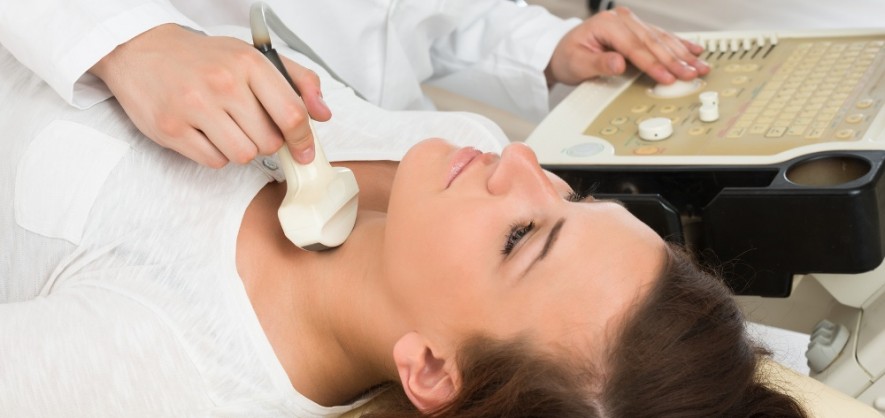Edema is a symptom that the body gives us to tell there is something wrong with a major organ. Edema is the manifestation that happens when inside the cells and outside the cells are saturated with water, like a busted pipe within our tissues and organs. This edema can affect anywhere in the body — from the top of the head, to the sole of the feet. In this article, we will cover the most severe form of edema — refractory edema — thereby covering all forms of edema. We will show the mechanism that forms edema, and how to resolve it.
Edema, also spelled oedema, only occurs when and where there is, simply speaking, some type of damage in the body. Refractory edema is a chronic edema that does not respond to diuretic use or sodium restriction. Diuretics is used to flush out excess fluid, and sodium restriction is implemented to reduce fluid retention, since salt holds onto fluid — just like carbohydrates and protein do. Refractory edema, however, means that the condition is more advanced, and needs to be dealt with more than just adding or taking away nutrients from the diet.
If there is bloating only in the lower right leg, then that is usually considered to be a sign of liver dysfunction — specifically a condition called ascites. If you have ascites, then that means your stomach is most likely also swollen with fluid. If the bloat is only in the lower left leg however, then that may indicate descending colon congestion, left kidney congestion or heart disease. This heart disease could lead to congestive heart failure if left untreated. If both legs are affected, this could mean advanced liver problem that is also affecting the kidneys. If such is the case, there may be also bloating under the eyes as well.
But what causes edema in the first place? Just like a busted pipe will dispense water uncontrollably, so will a busted organ not be able the handle the fluid in the body. The organ that usually starts the cascading failure is, the liver — from injury, that may then lead to a natural inflammatory response, then maybe fibrosis, and if fibrosis is chronic, this could then lead to cirrhosis of the liver. Other events that may lead to edema are hepatitis C and pregnancy. Medication that is damaging to the liver could also be a factor.
If both extremities are swollen, then this is most likely multiple organ failure. At this stage, the body is losing protein more so than it is designed to, and not being able to replace it. Furthermore, if there is high protein loss, then there is also high potassium loss. This quick and sudden excretion is damaging to the kidneys.
When we say the body is losing protein, what that mostly means is that the blood is losing albumin. Albumin is exactly what it sounds like — the same-like gooey-type clear liquid found in egg whites. This albumin transports nutrients and hormones throughout the body and helps to keep fluid inside of blood vessels and capillaries, and out of tissues and organs. At the loss of albumin, fluid buildup then occurs in the organs and tissues, causing fluid retention a.k.a. edema.
As this albumin and potassium make a quick exit out of the kidneys, they damage the sensitive glomeruli that acts as filters. Ideally, the kidneys allow much less than 1 gram of all proteins to filter out in a day (less than 150 milligrams/0.15 grams). But when a condition called nephrotic syndrome occurs, the glomeruli processes 3 or more grams of protein leaking into the urine within a 24 hour period. This becomes very stressful and damaging to the kidneys.
This albumin is the most abundant protein in the blood serum, and is made in the liver, composed of some nearly 600 amino acid residues. If the liver is dysfunction, then albumin will not be made properly, if at all. And even when it is made, it may become quickly oxidized by free radicals. So an albumin problem first starts in the liver, then makes its way down to the kidneys.
Edema comes in many forms and have many names. There is peripheral edema, which affects the extremities. Then there is cerebral edema which affects the brain. There is pulmonary edema which affects the lungs. There is also lymphedema, which is directly affected by the immobility of the lymphatic system. I personally developed a form called pedal edema, that affected my lower right leg, ankle and feet — when I accidentally injured myself with the edge of a paint scraper. The treatment by allopathic medicine usually depends by edema type, which could range from something as basic as compression socks, to a more advanced or even holistic type all encompassing treatment.
I had what might have been called pedal edema, for 4 years, before I finally discovered the solution that completely reverse it — in days!
There are a combination of 5 supplements, including herbs, that have repeatedly shown positive results in reversing just about all forms of edema. It goes like this:
Pycnogenol: I took this supplement for 5 days with P5P, and my edema disappeared thereafter. Pycnogenol improves circulation and blood flow.
P5P: I took this synthetic form of B6 for a few days, and my edema disappeared, but came back one week later. Only when I combined it with pycnogenol did my edema disappear for good.
Mangistha: Mangistha gets the lymphatic system moving, thus it is good for edema, especially lymphedema.
Astragalus: Chronic edema damages the filtration mechanism of the kidneys — but this herb fixes that.
Kutki: Most edema problems are really a liver problem — this herb help fix all stages of liver dysfunction, including fibrosis and cirrhosis.
In addition to these, you want to support whole body function with a healthy diet of adequate potassium and other B vitamins. These include: Black beans, asparagus, bok choy, yu choy, parsnip, yam, sweet potato, kohlrabi, crimini mushrooms and lichens. You may also want to reduce excess sugar, since such encourages edema re-activation.




